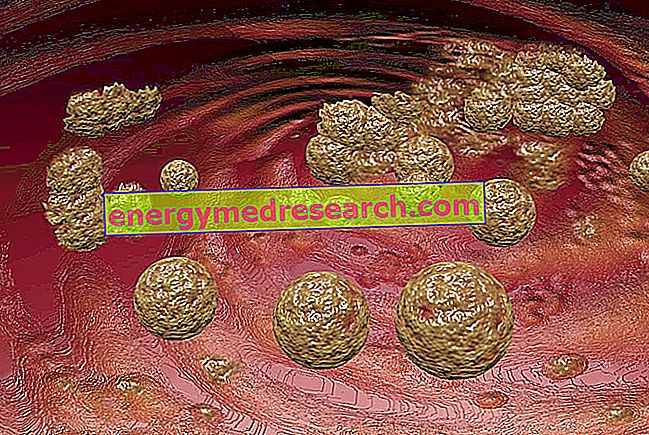Related articles: Seborrheic dermatitis
Definition
Seborrheic dermatitis is chronic skin inflammation, characterized by high activity of the sebaceous glands and too rapid multiplication of skin cells. The disorder is common especially in male subjects between the ages of 30 - 40 years, and occurs mainly in skin areas rich in sebaceous glands.
The causes of seborrheic dermatitis are still partly to be clarified, but it seems to be due to a series of environmental, genetic, endocrine and food factors. Also the yeasts of the genus Malassezia, normally present on the skin, seem to hold a certain importance in the pathogenesis of seborrheic dermatitis. This skin disorder can precede or accompany psoriasis. Furthermore, it appears more frequently and may be more severe among patients with HIV or those suffering from neurological disorders (in particular, Parkinson's disease).
Most common symptoms and signs *
- Redness of the face
- Conjunctivitis
- Erythema
- Dandruff
- Tingling in the head
- Eyelid swelling
- leukonychia
- papules
- Oily skin
- itch
- Itching in the head
- seborrhea
- Ocular secretion
- Scales on the skin
- trichodynia
Further indications
The symptoms of seborrheic dermatitis arise gradually: the skin becomes red and covered with dry or yellowish and greasy scales (dandruff), with variable intensity itching. The disorder is widespread especially at the hairline, in the retro-auricular area, in the nasolabial furrows, on the eyebrows, in the upper part of the trunk and in the area of the genitals. In the most severe cases, scaly red-yellowish papules appear at the insertion of the hair. In addition, a blepharitis may be present characterized by conjunctival irritation and yellow and dry crusts. Newborns, on the other hand, may develop seborrheic dermatitis characterized by red papules in the face, chronic diaper rash and thick, crusted and yellowish lesions of the scalp (milky crust).
The diagnosis is made by the dermatologist with the physical examination.
For seborrheic dermatitis there is no definitive cure, but it can be improved by following a treatment with topical antifungal and corticosteroids. If it affects the scalp, you can use zinc or selenium sulfide shampoos, which have an antifungal and sebum-regulating action. Seborrheic dermatitis usually worsens with cold and improves in summer, as the sun's rays stimulate the skin's natural defenses.



